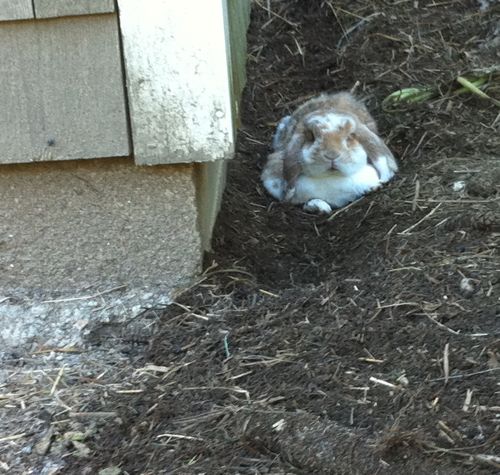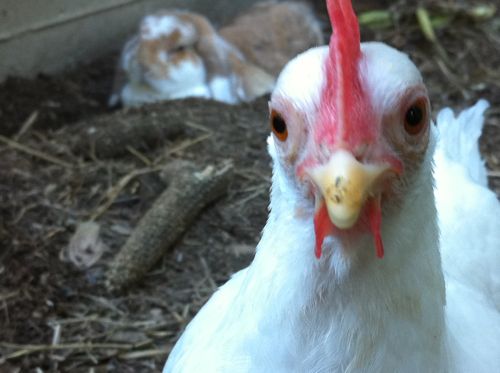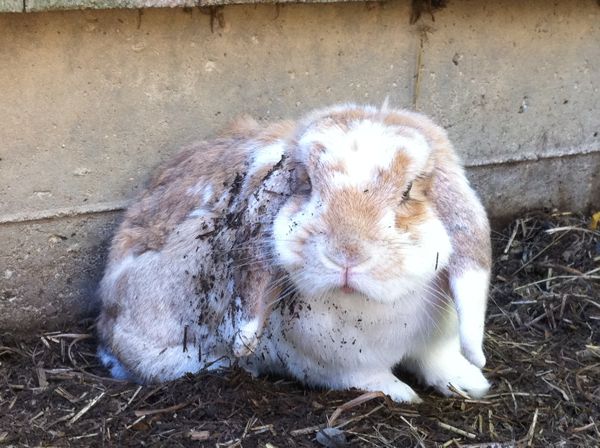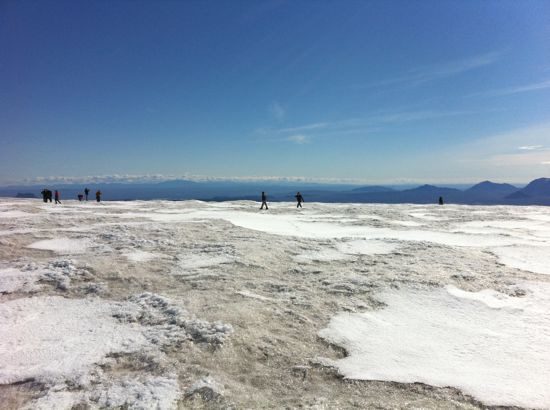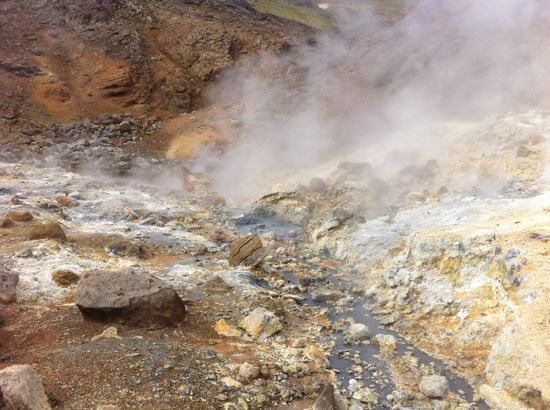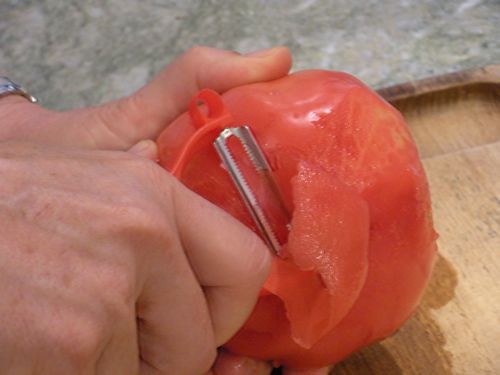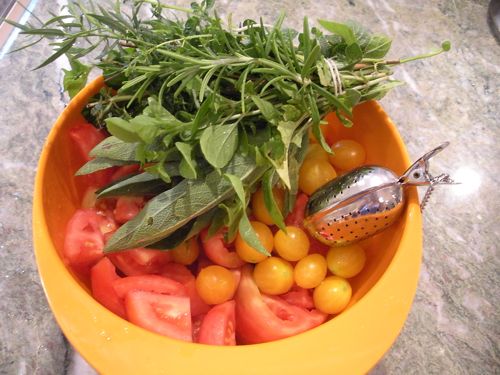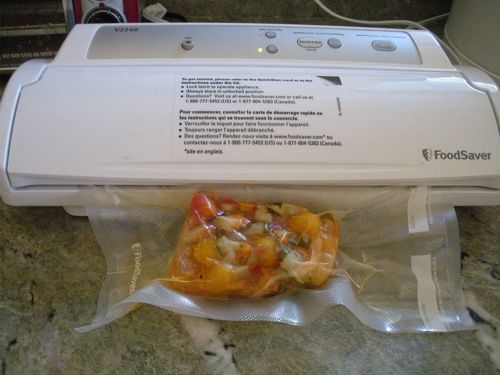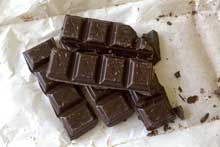With the mind-blowingly huge egg recall happening, there’s some interesting information getting into the press about the difference between the health of backyard hens and their eggs, and those from factory farms. I learned something in this piece about how eggs stay microbe-free (at least they do when the chickens are healthy and the eggs are handled properly!)
I subscribe to a poultry industry newsletter, which claims that the salmonella at the factory farm came from poor-quality animal-based feed (one reason “vegetarian fed” eggs are a step better than the cheapest eggs at the market.) The same newsletter had an item that claimed that the salmonella outbreak could have been prevented if the hens had been vaccinated, which is yet another example of how factory farming would like to rely on drugs and not good husbandry. Even federal health inspectors admit that one possible reason that the eggs were bad is that the housing was unsanitary (to put it mildly – the hens lived in rodent infested, manure-packed chicken houses.)
At a time when communities are trying to change regulations to allow for the urban and village hennery, it’s very important that the distinction between what we do and what the factory farms do is made clear. Eggs themselves are not bad for you, in fact they’re one of the healthiest foods out there. Fresh eggs from healthy, well-fed hens are nutrient-rich and a very low risk for spreading disease. The general public needs to see that in order to have a healthful egg supply, that it makes sense to encourage the small producer. The consumer shouldn’t fear all eggs! Nor should they fear living near chickens.
As keepers of backyard flocks, it matters how we care for our hens. It’s essential that we keep our coops clean, rodent-free, and manage the manure so that it composts without undue odors. If we give away or sell eggs, they should be clean, fresh, and kept refrigerated. We are the counterpoint to the horrors of the factory farm. Imagine that a news team is about to step into your yard and film your flock. It should be immediately obvious to the viewer who knows nothing about chickens that yours are a source of good food. What we do matters.
